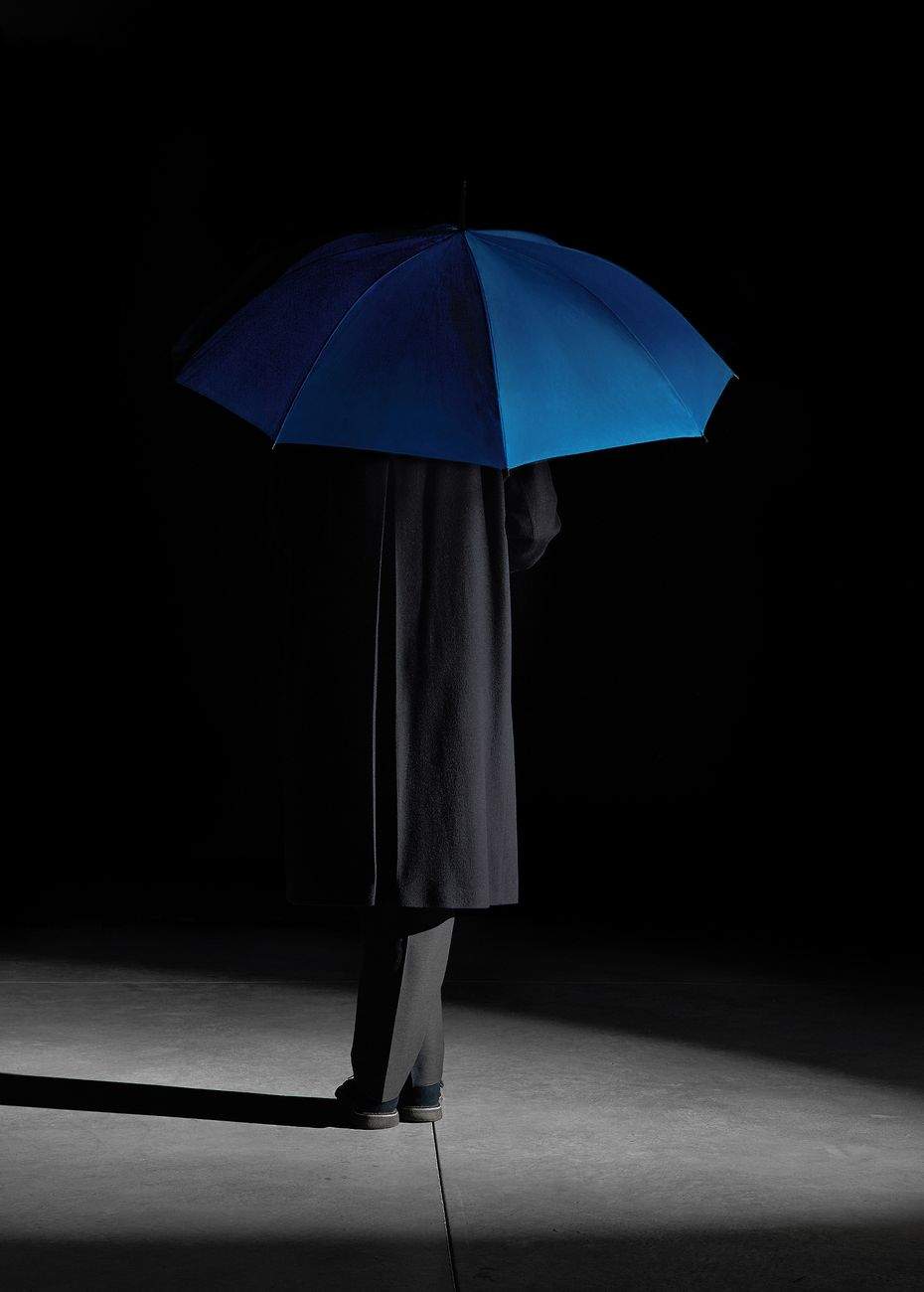Francesco Gennari: the art of self-representation, in a physical and emotional sense
Drawings, visual essays, self-portraits: these are the themes that animate the volume Francesco Gennari. Drawings, Visual Essay, Self-portraits, just published by Skira editore (192 pages, €40.00, ISBN 9788857243801) and dedicated to the production of Marche-based artist Francesco Gennari (Pesaro, 1973): it is a sort of “enriched” catalog, which was created on the occasion of the exhibition Francesco Gennari. The Storm Is Coming, held at GAMeC in Bergamo between Oct. 26, 2019 and Jan. 6, 2020, curated by Lorenzo Giusti. Gennari, who lives and works between Milan and Pesaro, trained as a self-taught artist and has exhibited in prestigious contexts: the Kunstverein in Frankfurt, the National Gallery of Modern and Contemporary Art in Rome, the Kunstmuseum in Winterthur, the Marino Marini Museum in Florence, the Museum of Contemporary Art in Chicago, and Palazzo Grassi in Venice. His art blends experiences mindful of Metaphysics and Minimalism by giving form and perceptions to personal states of mind, expressed through sculptures and drawings that become representations of mental landscapes and photographs of himself.
“There are many selves in Francesco Gennari,” Giusti writes, “which together constitute a shifting and timeless landscape, populated by figures that can be given form. Different identities that do not always coexist peacefully. Many resemble each other and what distinguishes them are small nuances; others, however, are visibly different, contradicting each other. They are different elements of a varied and unstable scenario that finds coherence only in its own whole.” In his works, therefore, a strong interest inself-representation, one of the leitmotifs of the volume, can be detected. Works in which the subject is almost always the “first person singular,” and which become an expression of a desire for knowledge. Therefore, even the “self-portraits” that apparently depict subjects of a different nature should be read in this sense: in fact, even in the latter, the presence of the artist is to be found, “not only in a bodily, physical sense, but also and above all in an emotional sense, restoring the essence of a perception, a memory, a sensation or an atmosphere,” Giusti writes.
Gennari’s works are the result of a kind of journey into his own inner self, rather than a set of knowledge. This deepening of himself also determines theaesthetics of his work. “My aesthetic,” said the artist, “has no fixed rules and oscillates harmoniously, ambiguously and contradictorily between various plastic approaches. I am free to do what I want in relation to my emotionality.” It is not denial of rules, however, but a desire to experiment with new languages and new modes of expression according to the state of mind felt at the moment. “Minimalism itself, the declared matrix of many works,” Giusti further writes, “is a language among others that acquires value in the relationship with other dimensions, with other aesthetic and cultural references that seem to deny it: the Renaissance, the Baroque, metaphysics, but also that particular organicist fascination for natural forms that makes the artist grasp the beauty of an orange peel, of a snail, with its helical shell, or of an evaporating liquid.”
Gennari’s is a work that might appear difficult to understand, but it does, after all, reflect the artist’s mind, and therefore, Mouna Mekouar points out, “often leaves room for the obscure or the inexplicable.” It not only refers back to “sensitive experiences, but offers a sometimes dreamlike, if not metaphysical reading of the world. The world according to Gennari is an ambiguous place, open to doubt and with meaning yet to be deciphered.” And the drawings therefore become a kind of map of this undiscovered world, a way to explore it and to get to know it. But there are not only drawings: in Gennari’s practice, in fact, materials are of great importance, whether they are traditional materials such as those of sculpture, or unusual materials such as those of common use, organic or industrial. They all become an expression of a precise psychological condition, varying in relation to different times of the day, more or less recurring events or actions.
In the book (particularly well-edited, with a fine dark green velvet cover), three essays help trace Francesco Gennari’s artistic personality: I am Francesco Gennari by Lorenzo Giusti (the title refers to a 1996 work by the artist), When I am not me by Mouna Mekouar, You travel all alone? Hush now, don’t explain by Petter Snare. The essays are bilingual, in English with Italian translation.
Image: Francesco Gennari, Self-portrait as a pillar of the vault of heaven (2020)
 |
| Francesco Gennari: the art of self-representation, in a physical and emotional sense |
Warning: the translation into English of the original Italian article was created using automatic tools. We undertake to review all articles, but we do not guarantee the total absence of inaccuracies in the translation due to the program. You can find the original by clicking on the ITA button. If you find any mistake,please contact us.




























